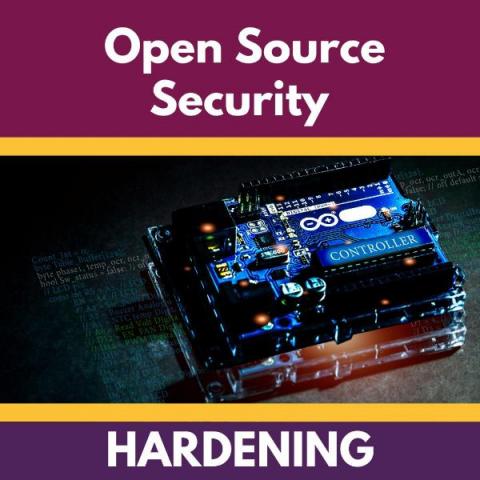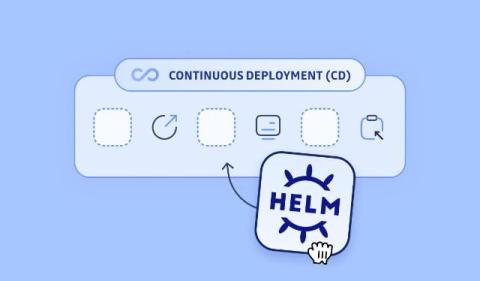VoIP Termination: The Ultimate Guide for Businesses and Service Providers
In the ever-evolving landscape of telecommunications, Voice over Internet Protocol (VoIP) has emerged as a game-changer, revolutionizing how businesses and individuals communicate. At the heart of this technology lies a crucial component: VoIP termination. This comprehensive guide will delve into the intricacies of VoIP termination, exploring its significance, mechanics, and impact on modern communication systems.











